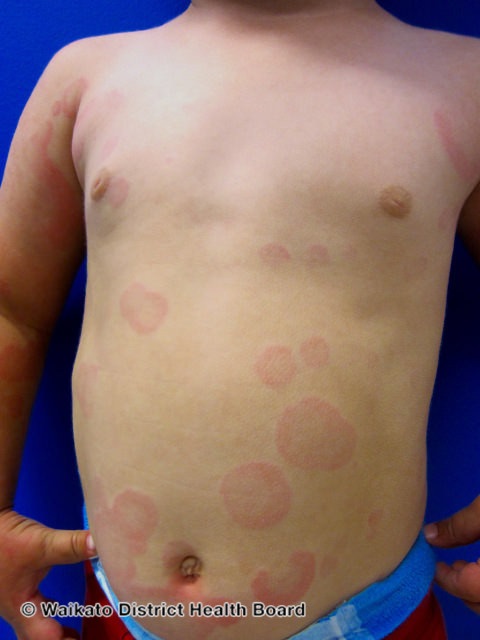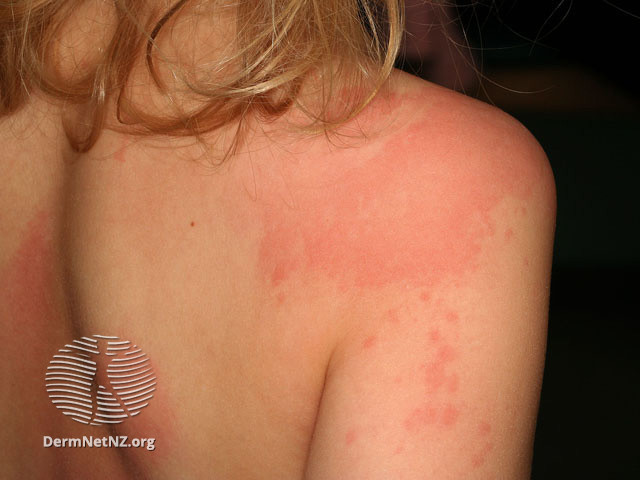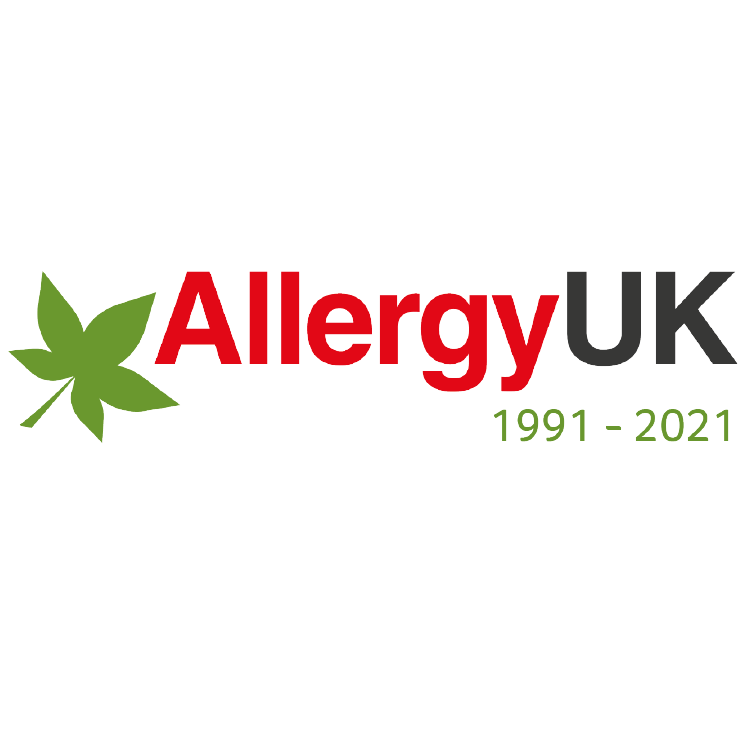Hives (Urticaria) and Other Skin Allergy
What is urticaria?
Urticaria is also known as ‘nettle rash’ or ‘hives’. This condition consists of wheals – spots or patches of raised red or white skin – each of which usually clears away in a few hours to be replaced by other fresh wheals. Urticaria is very common and affects one in five people at some point in their lives.
The more common type of urticaria rash (hives) lasts up to 24 hours, produces larger wheals and may not completely clear for several days. It sometimes occurs together with swelling of various parts of the body (angioedema) – typically the face, hands and feet, although anywhere may be affected.
What is angioedema?
Angioedema is another skin allergy and is the name given to deeper swelling affecting the skin over the arms, legs, torso or face. It may also affect the tongue, mouth, throat and sometimes the upper airway. These swellings commonly last for more than 24hrs, and usually there is no itching. It is not possible to identify an underlying cause for angioedema in the vast majority of cases.
Urticaria and angioedema often occur at different times or together in the same person. They occur in about 15 per cent of the population at some time or other in their lives, with women more commonly affected than men.
What does urticaria look like
- Raised rash or patches surrounded by red, raised, inflamed skin often called hives or nettle rash and can affect any skin type or tone. They may be tiny bumps or large raised patches of variable sizes which can be white or red in colour with a red flare.
- On darker skin tones the raised patches often match the surrounding skin tone with no red flaring of the skin visible.
- Can affect any part of the body and is usually itchy but can also be painful or have a burning sensation.
- Wheals often changing shape before resolving within 24 hours, but as one wheal resolves others can develop and the rash can present for long periods.
- The rash does not cause any lasting damage to the skin, but in darker skin tones post inflammatory hyperpigmentation, darkening of the skin to the area that has been affected, can occur and may take months to settle.
- May also be accompanied by deep swelling (angioedema) of the face, neck, hands or feet.



Images in this section are from DermNet, used with permission.
How can I control my symptoms – what are my treatment options?
Chronic spontaneous urticaria (CSU) can be diagnosed with a detailed patient history. Your GP / Health care professional will usually ask you to keep a symptom diary to record any potential triggers in order to exclude or confirm a diagnosis of CSU. It is important to record the onset, duration and course of CSU. The duration of the individual wheals and rash should also be recorded accurately. Any occurrence of angioedema should be noted.
There are various treatment options available for CSU(Chronic spontaneous Urticaria), with treatment designed to relieve the symptoms but unfortunately there is no cure. Health care professional may consider to do further test and usually consider antihistamines to help with symptoms. Sometimes they might increase the dosage upto 2-4 times the licensed dose; however 40% of people with CSU may not experience relief of symptoms with these treatments. You can discuss with your healthcare professional to find a treatment that will enable you to enjoy a good quality of life and be symptom free.
It is important to seek help if…
- Your symptoms are not well controlled, and/or are affecting your day-to-day activities, and/ or affecting your mental health
- Antihistamines are needed continuously (daily) to control symptoms for more than six weeks
- Symptoms are painful and persistent
Allergy UK
Their dedicated Helpline is there for people who need our help and support. Their free Factsheets provide information that is often badly needed to explain the symptoms and triggers that people with allergy are dealing with every day of their lives.
They are the leading national patient charity for people living with all types of allergy. They work with government, professional bodies, healthcare professionals and corporates towards their vision and to help improve the lives of the millions of people with allergic disease.



